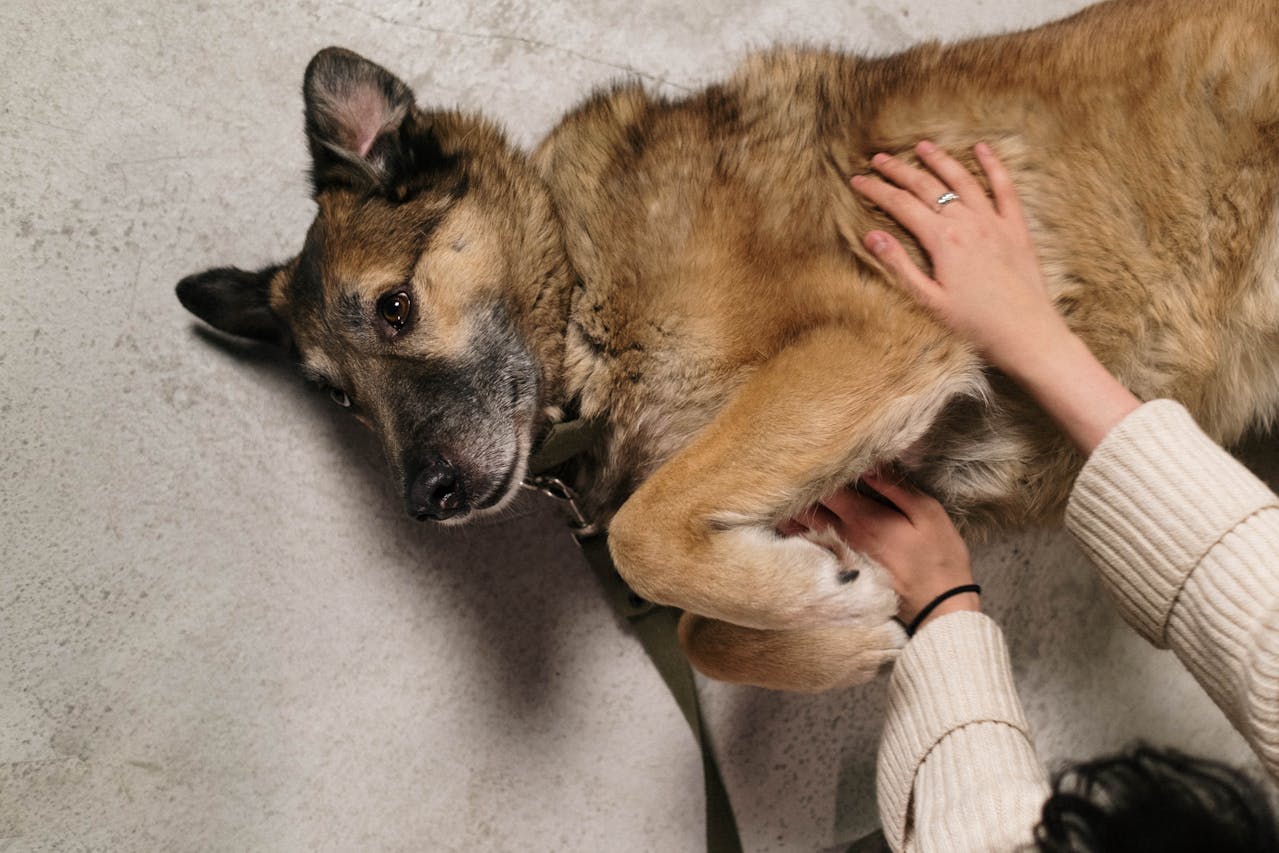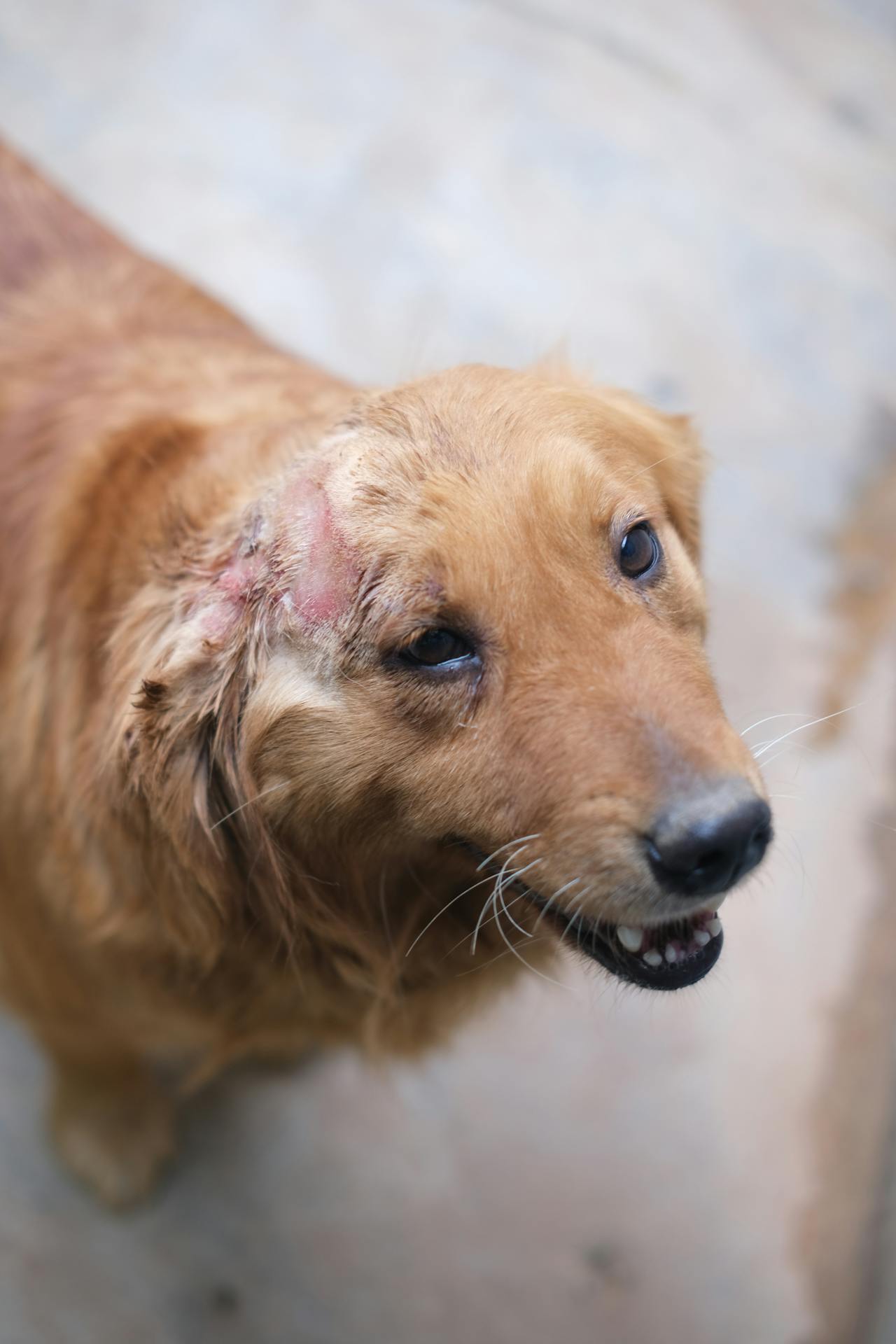Congenital Pet Defects

Congenital disabilities are physical abnormalities that pets are born with, affecting any part of the body or organ system. Some are minor and may resolve on their own. In contrast, others can interfere with normal growth, cause health complications, or even lead to early death.
While some defects are visible right after birth, others might remain hidden for months, years, or even a lifetime. These conditions can arise from genetic inheritance, environmental influences during pregnancy, or a combination of both—sometimes, there’s no apparent cause.
How Congenital Defects Develop
Issues can arise at various stages during a pet’s embryonic or fetal development, and the severity of the problem often depends on when it occurs. In the earliest stages, abnormalities often result in the embryo or fetus not surviving.
Organ systems form in dogs and cats during the first month of pregnancy. Defects at this time can lead to severe functional issues. Later in pregnancy, the focus shifts to growth and maturation. While abnormalities during this stage are often less severe, organs like the brain (specifically the cerebellum), urinary and genital systems, and the palate are still developing and remain vulnerable.
Common Causes of Congenital Defects
There’s no single cause for all congenital disabilities. Factors like a mother’s health, trauma, exposure to certain chemicals, infections, or even medications during pregnancy can affect fetal development.
Examples include:
-
Cleft palates
-
Extra toes (polydactylism)
-
Dwarfism
-
Hydrocephalus (fluid on the brain)
-
Pectus excavatum (a sunken chest)
Some medications, like Griseofulvin (used for treating ringworm), have been linked to defects such as cleft palates. Similarly, infections like feline panleukopenia during pregnancy can lead to cerebellar hypoplasia in kittens, affecting their coordination.
In certain breeds, specific traits can lead to congenital issues. For example:
-
Brachycephalic syndrome in bulldogs causes airway problems due to their short noses.
-
Entropion, where eyelids roll inward, is common in Shar Peis.
Even so, many pets with congenital conditions live happy, healthy lives, especially with proper care and treatment.
Breed-Specific Defects
Some congenital issues are hereditary, meaning they’re passed down through generations. Examples include:
-
Portosystemic shunts in Yorkshire Terriers (affecting the liver)
-
Dilated cardiomyopathy in Dobermans (heart disease)
-
Kidney disease in Wheaten Terriers
Certain defects even bear the breed’s name, like Collie Eye Anomaly or Scotty Cramp in Scottish Terriers.
How to Detect Congenital Defects
Some defects, like cleft palates or limb deformities, are visible at birth. In contrast, others—such as heart murmurs—may require a vet’s examination.
Conditions like undescended testicles (cryptorchidism) or dental problems may only become noticeable after a few weeks or months. In some cases, issues don’t appear until much later in life, often detected through routine tests or when unexpected symptoms arise, like seizures or confusion.
Monitoring and Prevention
Preventing congenital defects can be tricky since many causes remain unknown. However, regular vet check-ups for your pet can help detect abnormalities early, giving you more treatment options.
For breeders, maintaining the health of breeding animals is critical. This includes proper vaccinations, parasite control, balanced nutrition, and avoiding harmful medications or vaccines during pregnancy. Reputable breeders often test their animals for genetic issues and avoid breeding pets known to carry certain conditions.
Choosing a Healthy Pet
If you’re adopting a specific breed, do your research. Learn about potential genetic defects in that breed and investigate the breeder’s practices. Look into the health history of the litter’s parents, ideally going back two or three generations.
Before finalizing your decision, have your chosen puppy or kitten examined by a veterinarian. Many breeders will even allow this prior to purchase. Keep in mind that while vets can detect some defects early, others might not become apparent until much later in your pet’s life.
Supporting Pets with Congenital Defects
Whether congenital defects are minor or significant, most pets can enjoy a good quality of life with the right care. Treatment might involve medication, surgery, or lifestyle adjustments. Your veterinarian will work with you to develop a plan tailored to your pet’s needs, ensuring their comfort and happiness for years to come.
This version simplifies the content while retaining important details, making it more approachable and easier to understand.
Get insurance plans with wide-ranging coverage options













